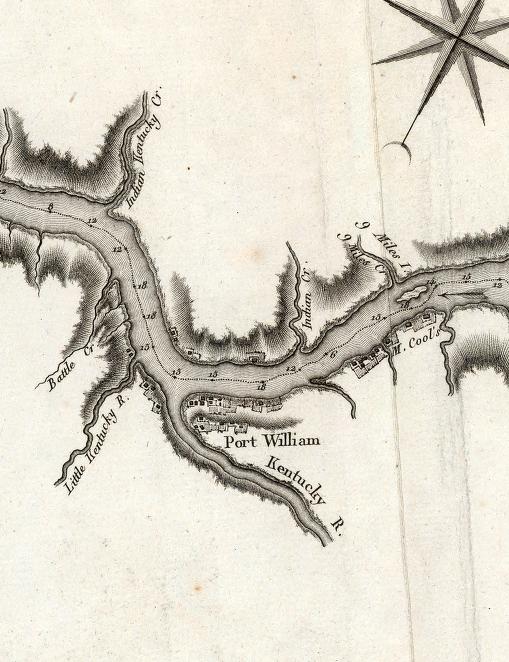skip to main |
skip to sidebar
George DeBaptiste: Entrepreneur, Freedom Fighter
In another day, George DeBaptiste would have become wealthy. But his drive, talent and daring, were instead used to fight slavery and his entrepreneurial skills were thwarted by barriers free blacks faced before the Civil War.
Despite this, he succeeded in many ways. He personally served a president. He was a businessman in Madison. In Michigan, he founded the Color Vigilance Committee and the African-American Mysteries the Order of Men of Oppression, a secret society for fighting slavery. He promoted the Colored National Labor Union, raised money to free white abolitionist, Calvin Fairbank from a Kentucky prison, and became one of Michigan’s first black jurors.
He also plotted with famed abolitionist John Brown, also suggesting blowing up southern planters without white help.
Born to free parents in Fredericksburg, Va., DeBaptiste learned the barber’s trade and married in that state. By 1837, he was in Cincinnati, where he first worked on the Underground Railroad. The next year, he moved Madison, opening a barbershop, engaging in trading with Cincinnati and becoming UGRR station manager.
No wonder on March 21, 1839, the Overseers of the Poor for Madison Township tried expel him from Indiana for not posting the bond required of a free black. But pork packer Thomas Paine posted bond and a court found the attempted expulsion illegal.
DeBaptiste next became a steward to William Henry Harrison (a slaveholder), serving him during the 1840 presidential campaign and was White House steward during Harrison’s one-month presidency. DeBaptiste returned to Madison again opening a barbershop that served whites. He rejoined the UGRR and said in 1870, he directly helped 108 fugitives flee north in his years here.
But he did more than that
In 1879, former Madisonian, Richard C. Meldrum recalled how DeBaptiste and other black leaders founded a bank. Unfortunately, the account spent most of its time mocking them, not on details of a remarkable effort.
His anti-slavery efforts were also remarkable. DeBaptiste would wait half the night on the river bank, walk as much as 20 miles with fugitives, and then work during the day. Even after a $1,000 bounty was placed on him, DeBaptiste met with slaves in Kentucky to plan escapes. He reportedly bet one slave owner, “I'll bet you a new hat I'll steal your nigger inside of a month." A few days later, the Kentuckian honored the bet.
With slave owners making like hard on free blacks, he decided to leave Madison and he sold his lot on North Main Street (modern Jefferson) on May 2, 1846.
He moved to Detroit, already home to other members of the Debaptiste family. He prospered there, purchasing a barbershop, employing others to run it, while he worked as chief clerk and salesman at a black-owned wholesale clothing store. He bought and sold a bakery and then a steamboat, hiring a white man as captain since he could not legally be licensed to run the boat. He later traded the boat for real estate and went into catering. And he continued as an UGRR station operator. After he helped plan John Brown’s raid at Harpers Ferry, Congress subpoenaed DeBaptiste to testify, but dropped that effort upon learning his race.
In the fall of 1863, he raised a black regiment. Appointed its sutler (a authorized independent merchant), he followed the unit through its campaigns.
The censuses gave a measure of wealth while living in Detroit. In 1860 he owned $20,000 in real estate and $1,000 in personal property, while the 1870 count showed $10,000 in real estate and $4,000 in personal property.
He invested in ice cream parlors and a money-losing restaurant and, then opened another. A year before his death on Feb. 22, 1875, he had opened a country house, but failing health forced him to give up the effort.


1 comment:
Hey, I was "in" the movie "Hoosiers" and I'm working to document the UGRR through SW Indiana! Thanks for your post.
Post a Comment